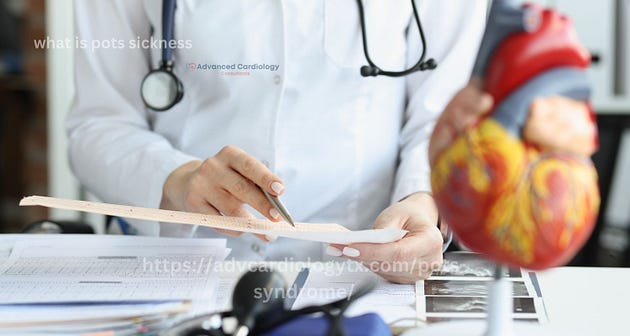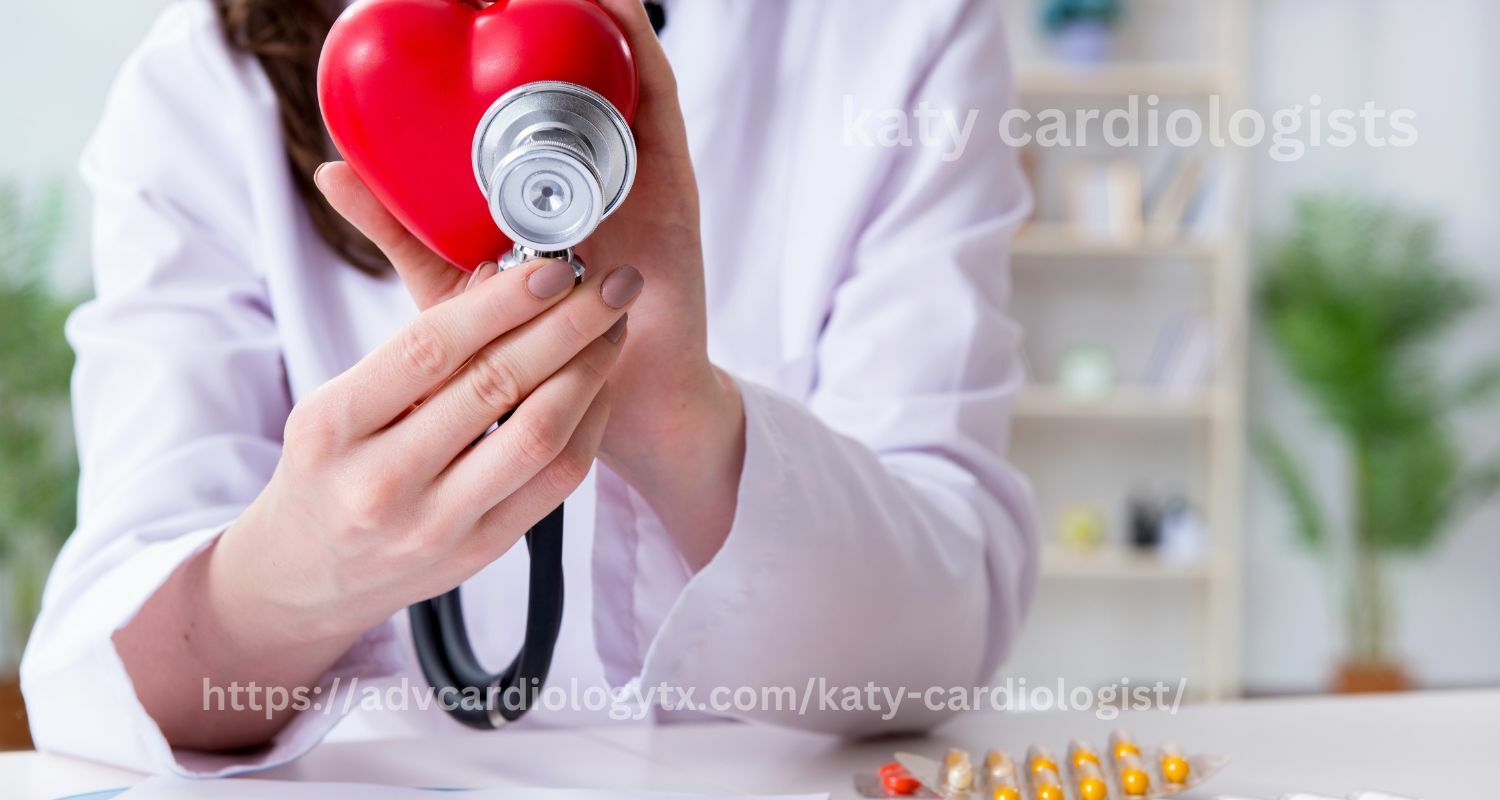Deep vein thrombosis (DVT) is a serious condition that occurs when a blood clot forms in a deep vein, typically in the legs. If left untreated, it can lead to life-threatening complications like a pulmonary embolism, where the clot travels to the lungs. Early detection is key to preventing these risks, but the symptoms of DVT can often be subtle and may be mistaken for other issues. Recognizing the signs of DVT and knowing when to seek medical attention can make a crucial difference in your health and safety. If you suspect you may be at risk for DVT, reaching out to specialists like cardiologist in Sugar Land can provide a clear, individualized health assessment and guide you on how to protect your circulatory health.

In this guide, we’ll go over what DVT is, the common symptoms to watch for, risk factors, and preventive steps. Understanding how to spot DVT symptoms early on can be life-saving and enable proactive care to reduce your risk of serious complications.
What is Deep Vein Thrombosis (DVT)?
DVT occurs when a blood clot, or thrombus, forms in one of the body’s deep veins. While DVT is most commonly seen in the legs, it can also affect veins in other parts of the body. When the clot blocks blood flow, it causes swelling and pain in the affected area. DVT is dangerous because if a piece of the clot breaks off, it can travel to the lungs and cause a pulmonary embolism—a potentially fatal event. Cardiologists often see patients with DVT or related complications and can provide tailored strategies for both managing and preventing blood clots based on your health profile. If you are unsure about your risk factors, a consultation with a cardiologist can be invaluable.
For individuals with conditions like DVT or other blood circulation disorders, learning about related conditions such as what is pots sickness may also be useful, as it affects blood flow and can have overlapping symptoms.

Common Symptoms of Deep Vein Thrombosis
While DVT can develop with minimal symptoms, there are several key warning signs that should prompt immediate medical attention:
Swelling in the Affected Limb
- Swelling is often the first symptom of DVT and usually affects one leg (or arm, in rare cases). The area around the clot may feel warmer than the rest of the body and may swell significantly, leading to noticeable discomfort.
Leg Pain or Tenderness
- Pain or tenderness, often starting in the calf, is another frequent DVT symptom. The pain can feel like cramping or soreness and may worsen when walking or putting weight on the affected leg.
Redness or Discoloration
- Skin over the clot may appear red or discolored. This symptom can be easy to overlook, especially in the early stages, but any unusual color change in your legs or arms should not be ignored.
Warmth in the Affected Area
- The skin around a DVT clot can feel warmer than surrounding areas, similar to how a bruise might feel warm as it heals. If you notice this sensation along with other DVT symptoms, it’s time to consult a healthcare provider.
Visible Veins
- In some cases, DVT can cause veins to become more visible on the surface of the skin, often appearing as bulging or twisted.
Who is at Risk for DVT?
DVT can affect people of all ages, but certain factors increase your risk:
- Sedentary Lifestyle: Prolonged sitting, especially during long flights or car rides, restricts blood flow and increases DVT risk.
- Recent Surgery or Trauma: Surgery or injury can damage veins and raise the likelihood of clot formation.
- Certain Medical Conditions: Conditions like cancer, heart disease, and inherited clotting disorders increase DVT risk.
- Hormone Therapy or Birth Control Pills: Hormonal changes can contribute to clot formation.
- Smoking: Smoking damages blood vessels, making clotting more likely.
- Pregnancy: The body’s blood volume increases during pregnancy, putting additional pressure on veins.
If you identify with any of these risk factors, be proactive in monitoring for symptoms and consult a cardiologist for personalized advice.
Why Early Detection Matters
Recognizing the early symptoms of DVT is essential for preventing life-threatening complications. A blood clot that travels from the leg to the lungs can block a major artery, leading to a pulmonary embolism. Symptoms of a pulmonary embolism include sudden shortness of breath, chest pain that worsens with deep breathing, dizziness, and coughing up blood. Immediate medical attention is required if you experience these symptoms.
How to Lower Your Risk of DVT
Fortunately, there are several ways to reduce your DVT risk, especially if you have predisposing factors:
Stay Active
- Regular movement is key to preventing blood clots. If you’re sitting for extended periods, like on a long flight or road trip, try to get up and walk around every hour. Simple leg exercises, such as flexing and stretching, can also improve blood circulation.
Maintain a Healthy Weight
- Obesity is a risk factor for DVT. Keeping a healthy weight through balanced nutrition and regular exercise can help reduce Katy cardiologists the risk of blood clots.

Quit Smoking
- Smoking contributes to blood vessel damage, making it easier for clots to form. Quitting smoking significantly reduces your DVT risk and benefits your cardiovascular health overall.
Stay Hydrated
- Proper hydration is essential for circulation and blood viscosity. Make sure to drink plenty of water, especially when traveling or in hot climates, to help keep blood flowing smoothly.
Wear Compression Stockings
- If you’re at higher risk, your doctor may recommend wearing compression stockings, which apply gentle pressure to your legs and help promote blood flow.
When to Seek Medical Help
If you notice any of the common DVT symptoms, don’t wait to see if they’ll go away on their own. Early intervention can prevent complications and save your life. Cardiologists in [Katy](https://advcardiologytx.com







